Rise of the Ronin review: Falls short of its potential, but still good fun
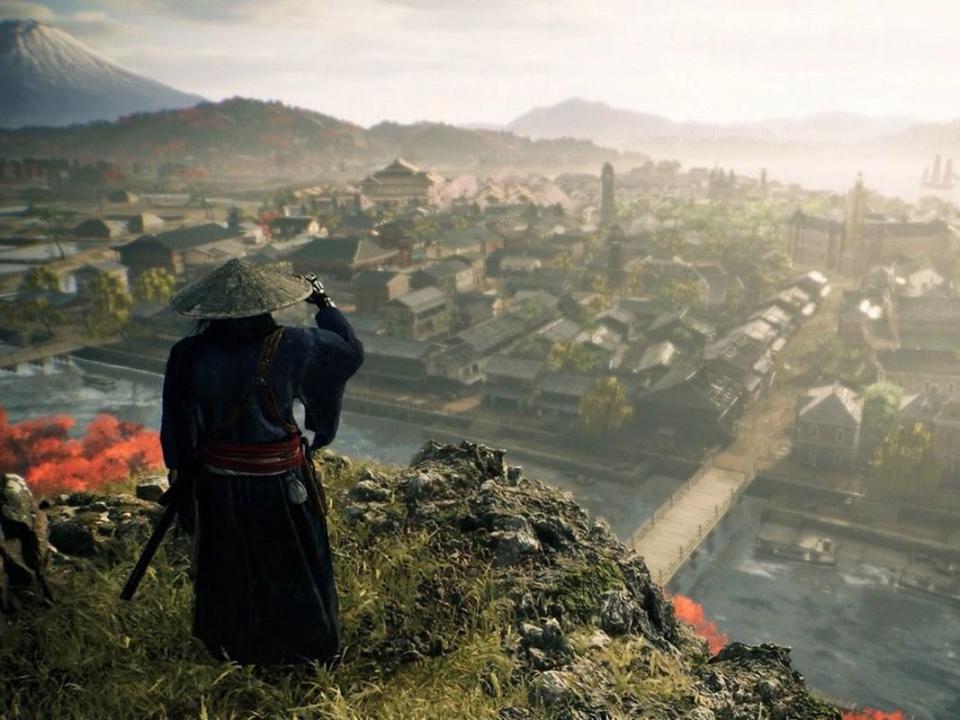
Score: 7.0/10
Platform: PlayStation 5
Developer: Team Ninja
Publisher: Sony Interactive Entertainment
Release Date: Mar 22, 2024
ESRB: M
Team Ninja’s Rise of the Ronin is a mash-up of ideas from Ghost of Tsushima, Assassin’s Creed, and the developer’s own Nioh series that ends up being less than the sum of its venerable parts.
But for some reason it’s still playable as all get-out.
Set in Japan in the mid-19th century, it tells the tale of foreign influence, when western nations like Britain and the United States were in full-on colonial mode and looking to meddle in the affairs of secluded countries. Digging into Japan’s rich culture and history, it uses a mix of real and fictional figures and locations to create a sense of authenticity the same way Ubisoft’s Assassin’s Creed games do. You’ll hobnob with famous ministers and admirals of the time, and trod through the streets of actual places, like Edo (Tokyo before being renamed).
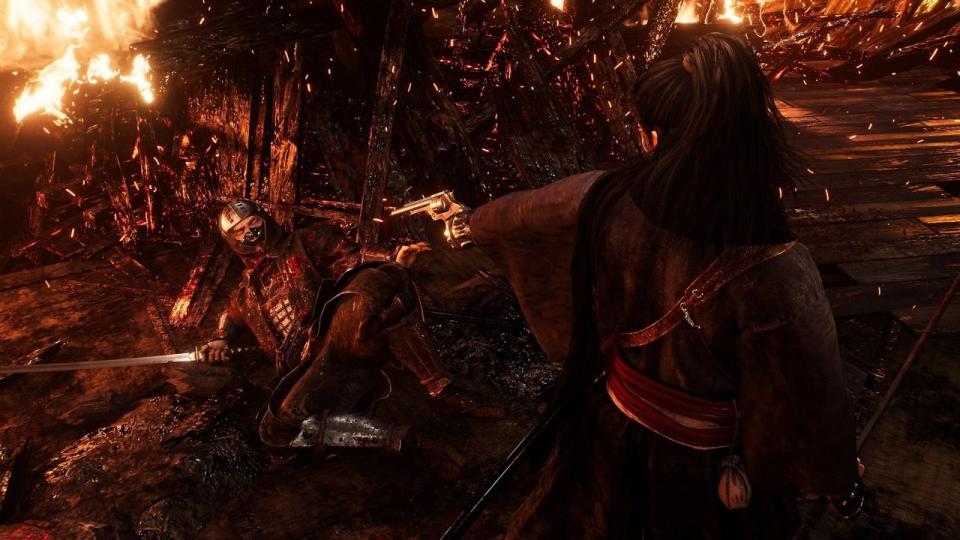
The conflicts of the time — primarily the civil unrest caused by the shogunate’s kowtowing to outsider pressure — are delineated nicely and not simply painted black and white. We see people presenting arguments on all sides, selfish characters who aim to personally profit from the outsiders, others who see the social virtues of collaboration and globalization, those are wary yet open to some foreign ideas and firm expulsionists who see only the evils of foreign influence, such as the suffering brought by newly introduced disease.
That said, it lacks the narrative sophistication and writing chops of Ubisoft’s historical epics.
Dialogue often leans toward choppy and simplistic, and our protagonist — a masterless samurai who roams the country doing odd jobs and getting involved in political affairs — lacks personality. We can completely customize their appearance, from gender and voice pitch all the way down to underwear and toenail polish, but their personality is blank. They rarely speak or emote. They are, strangely, the most forgettable part of the experience.
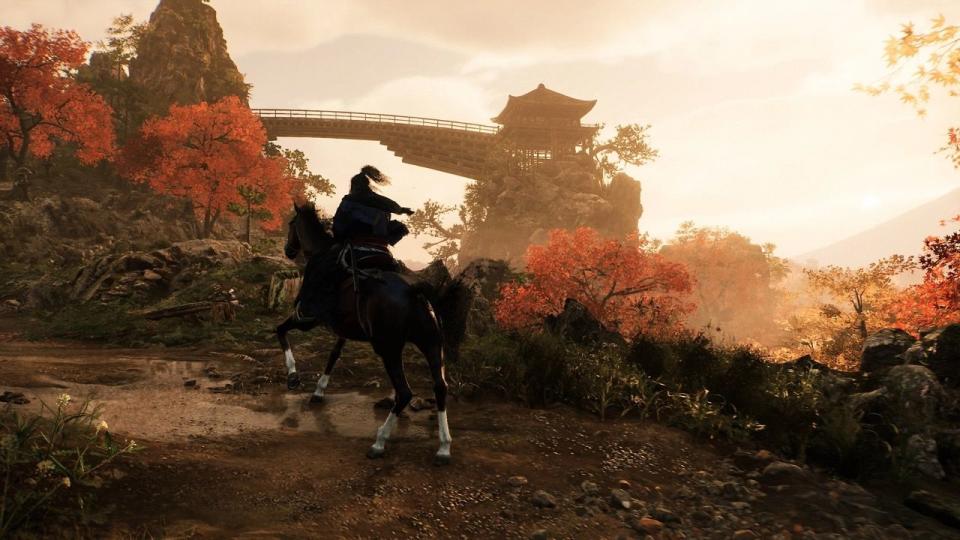
There’s not much about the world itself that you’re likely to remember, either.
Unlike Sucker Punch’s Ghost of Tsushima, a Japanese historical epic with utterly breathtaking presentation and style (who could forget its stunning black and white “Kurosawa” mode?), both vistas and details in Rise of the Ronin are surprisingly bland.
Textures for rock and soil are flat and muddy, buildings are copied and pasted wholesale, and artificial barriers — cliffs, fences, walls — are everywhere, a lazy design tool to keep us from venturing wherever the game’s designers don’t want us to go in their open world. There’s just something very PlayStation 4 circa 2015 to its overall look and feel.
And yet despite these (not insignificant) shortcomings I had a hard time putting down the controller.
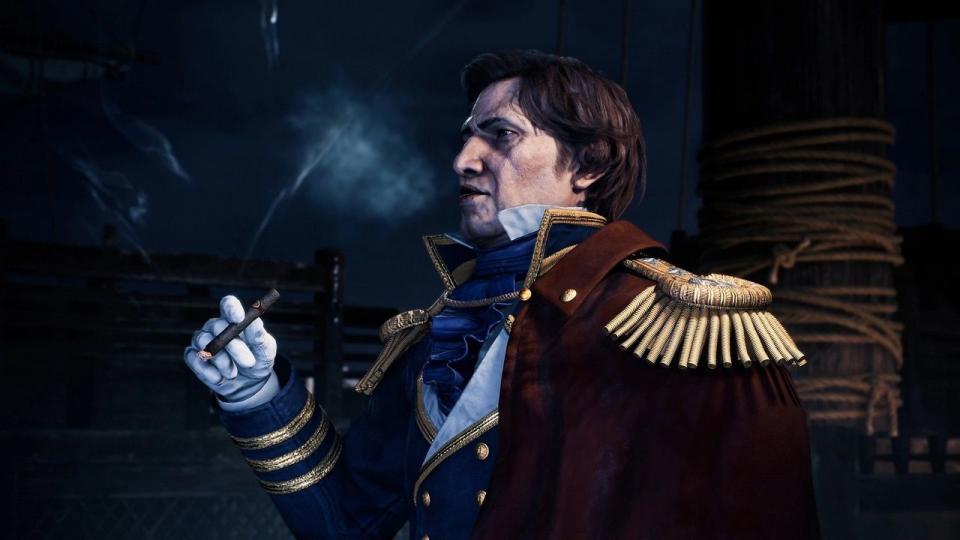
Team Ninja is known for its multi-faceted combat and it doesn’t disappoint here. We’re provided a huge array of weapon types — spears, katanas, odachi, greatswords and more — that our hero can slowly master, specializing in different styles and techniques for each. And that’s to say nothing of the array of surprisingly powerful projectile weapons, including bows, pistols and rifles that can take out many enemies with a single shot, or the ability to switch to control allies in some sequences to carry out flanking manoeuvres.
However, the core of combat revolves around effective use of “counterspark,” a timing-based block-and-attack technique that breaks your enemy’s defence by parrying blows (or bullets or arrows) in rapid succession, potentially opening them to receive a devastating counterattack. On higher difficulties this becomes vital, with players forced to accurately analyze and predict enemy movements in order to have any hope of success.
Enemy intelligence isn’t always the best — you’ll occasionally see baddies stuck walking into architecture, and many seem completely blind and deaf to fights happening just a few metres away — but when you’re taking on a group of two or three foes at once, expertly dodging and unleashing powerful attacks, the battles just sing.
And the playability comes from more than just fighting. Traversal is fast, fluid and fun thanks to multiple modes of seamless movement, from running and riding horses to grappling and gliding using a set of feather-and-bamboo wings.
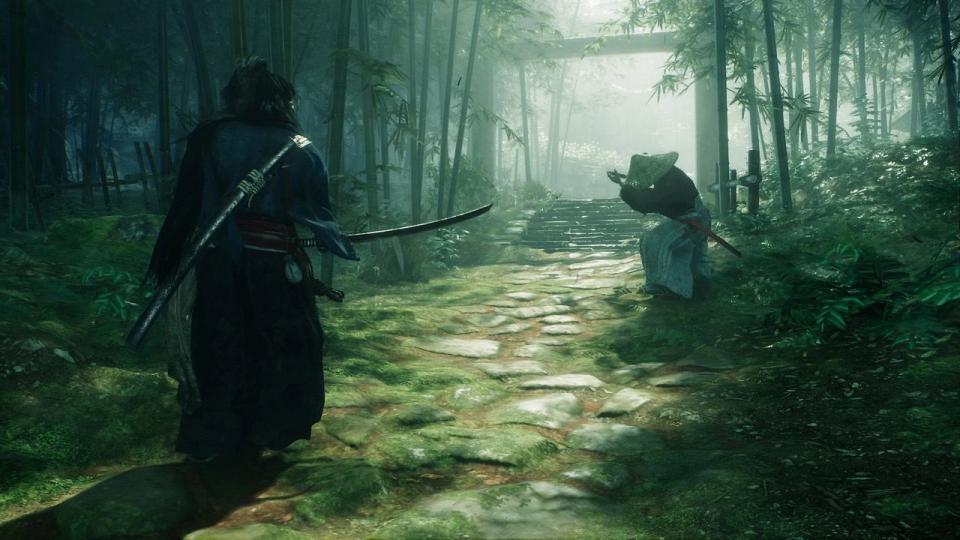
The fun of moving about makes getting to the game’s seemingly endless little side jobs — fighting fugitives, finding treasure, tracking down cats, visiting shrines and landmarks — feel less monotonous and repetitive than they should. I often cleared all objectives in one of the game’s dozens of districts in just 15 or 20 minutes, moving from task to task with lightning speed.
Thanks to this brisk pace of play, a constant stream of skill points used to unlock new abilities, and a steady deluge of new equipment and armour that you can use, sell, or disassemble for crafting resources, the sense of progression is both real and satisfying. Once I was on the train, I didn’t want to get off.
Still, it does feel like a game with unrealized potential. Players have been spoiled for choice over the last year when it comes to visually breathtaking, narratively rich games with huge and interesting open worlds. Rise of the Ronin is on the outskirts of that conversation rather than in the middle of it. Worth considering, especially for fans of historical epics and solid action, but the competition is stiff.

 Yahoo Finance
Yahoo Finance 